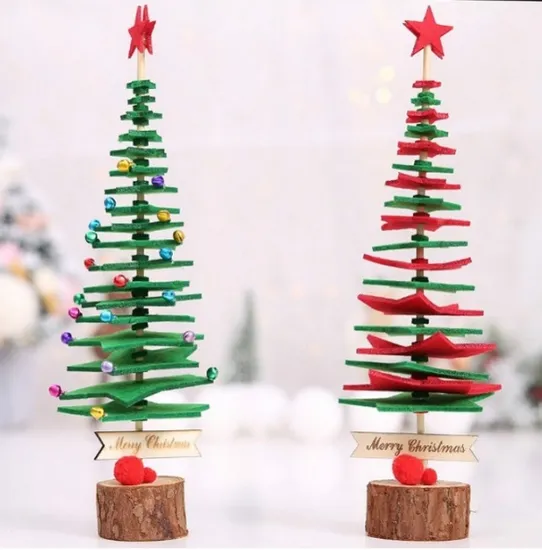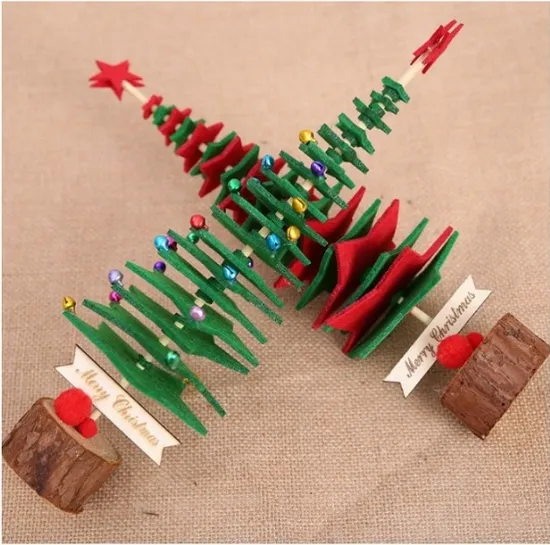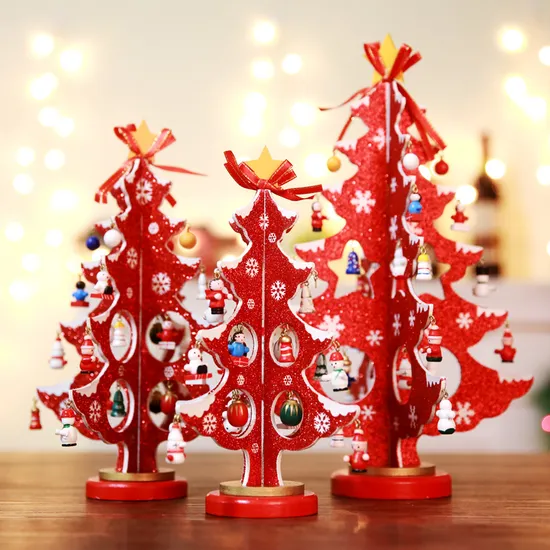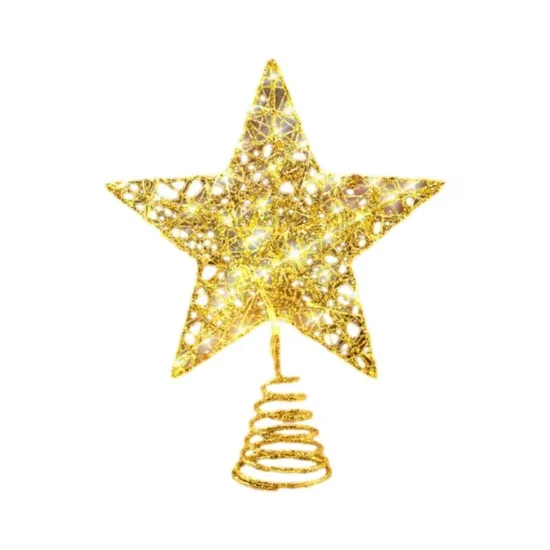In a world saturated with mass-produced goods, handicraft factories are redefining the meaning of luxury, authenticity, and sustainability. These workshops, rooted in centuries-old traditions yet powered by cutting-edge innovation, are the backbone of global artistry. From eco-friendly materials to AI-assisted design, they blend cultural heritage with modern demands, creating products that captivate markets worldwide. Here’s why leading handicraft factories are essential partners for brands and designers seeking uniqueness and quality.
—
1. Tradition Meets Innovation: The Heartbeat of Handicraft Factories
Top handicraft factories thrive by preserving ancient techniques while embracing technological advancements. For example:
– Time-Honored Methods: Master artisans in Jingdezhen, China, use 1,300°C kilns to craft porcelain inspired by Ming Dynasty designs, now enhanced with 3D glaze modeling for modern aesthetics.
– Revived Crafts: Factories in Suzhou preserve *Su Xiu* silk embroidery, training artisans to stitch intricate motifs using techniques unchanged for centuries, while integrating digital tools for faster prototyping.
– Hybrid Creations: Workshops layer resin with porcelain or embed NFC chips into wooden figurines, merging tactile artistry with smart technology.
This duality ensures products resonate with heritage enthusiasts and tech-savvy buyers alike.
—
2. Design Mastery: Bridging Cultural Narratives
Leading factories excel at decoding global trends while embedding cultural narratives:
– Cultural Symbols: Ming Dynasty motifs inspire minimalist home décor, while Han Dynasty patterns reappear in holographic jewelry.
– Global Trends: TikTok’s “hygge” aesthetic drives demand for hand-carved wooden coasters, while Instagram metallic finishes popularize dichroic glass vases.
– Cross-Cultural Fusion: Nordic-style troll figurines with Chinese dragon scales or Buddhist prayer beads with Art Deco engravings exemplify creative synergy.
By blending these influences, factories craft pieces that feel both familiar and exotic.
—
3. Sustainability: Crafting a Greener Future
Sustainability is no longer optional—it’s a priority for modern handicraft factories:
– Eco-Materials: Factories use recycled ocean plastics for figurines or algae-based resins for biodegradable home goods.
– Circular Production: Scrap silk is repurposed into stationery paper, while ceramic waste becomes mosaic tiles.
– Non-Toxic Practices: Water-based inks replace harmful solvents, and mineral powders create iridescent effects without heavy metals.
These efforts align with global ESG standards, attracting ethically conscious buyers.
—
4. Precision Engineering Meets Artisanal Touch
While automation ensures efficiency, skilled hands guarantee uniqueness:
– Laser Engraving: High-precision lasers etch intricate calligraphy onto wooden boxes, paired with hand-painted accents.
– Smart Crafts: A Hangzhou studio embeds NFC chips into lacquerware, linking to AR experiences that narrate cultural stories.
– Handcrafted Details: Teams hand-paint dragon scales on resin statues or etch poetry onto coasters via laser ablation.
This blend of technology and touch ensures scalability without sacrificing artistry.
—
5. Quality That Commands Global Trust
Excellence is measured in microns:
– Flawless Casting: Vacuum degassing eliminates bubbles in resin figurines, achieving museum-grade clarity.
– Durability Testing: Silk scarves undergo 500+ wash cycles, while porcelain vases are drop-tested for longevity.
– Customization: Factories offer bespoke solutions, allowing clients to choose motifs, sizes, and finishes while maintaining artisanal rigor.
This relentless focus on quality builds trust, making these factories preferred partners for luxury brands and indie designers.
—
6. Agility in a Shifting Market
The sector thrives on adaptability:
– Pandemic Pivot: Factories produced sanitized wooden keychains with carved landmarks or DIY craft kits shipped in compostable mailers.
– Social Media Savvy: TikTok trends like “dark academia” birthed resin quills and parchment-style notebooks, while Instagram drives demand for holographic gift boxes.
By staying attuned to viral moments and logistical realities, manufacturers stay ahead.
—
Why Partner with Leading Handicraft Factories?
1. Cultural Authenticity: Products carry genuine stories, not stereotypes.
2. Scalable Customization: From bulk orders to bespoke designs, factories balance efficiency with personalization.
3. Sustainable Practices: Ethical production aligns with global values.
4. Versatile Expertise: Mastery spans ceramics, textiles, resin, wood, and hybrid mediums.
—
Conclusion: Crafting Connections Across Borders
Leading handicraft factories are more than workshops—they are cultural bridges. They prove that craftsmanship can thrive in a fast-paced world, blending tradition with innovation to create products that tell stories, evoke emotions, and unite global audiences. Whether crafting bespoke heirlooms, eco-conscious décor, or tech-integrated novelties, these factories set the standard for excellence.
Ready to transform ideas into art? Partner with factories that marry heritage, innovation, and sustainability to captivate markets worldwide.
Article link:https://www.vlefooena.com/manufacturer/4135/






No reply content